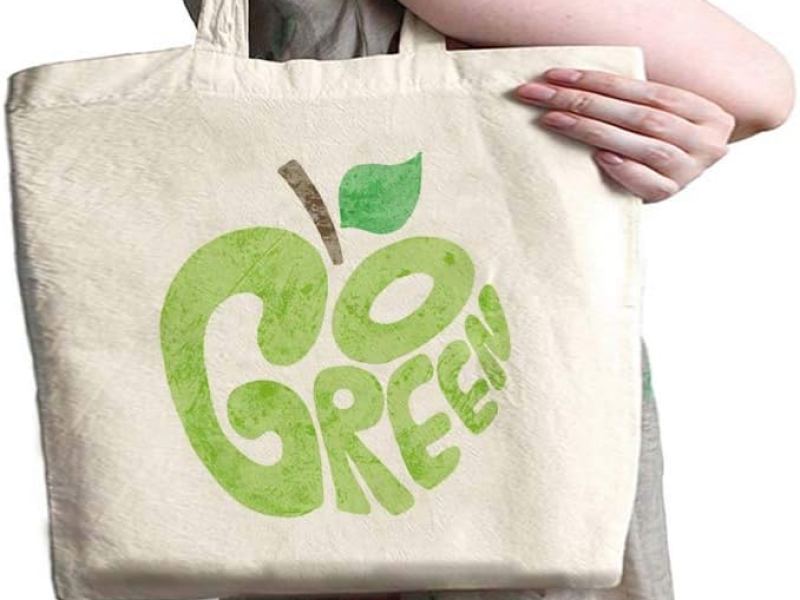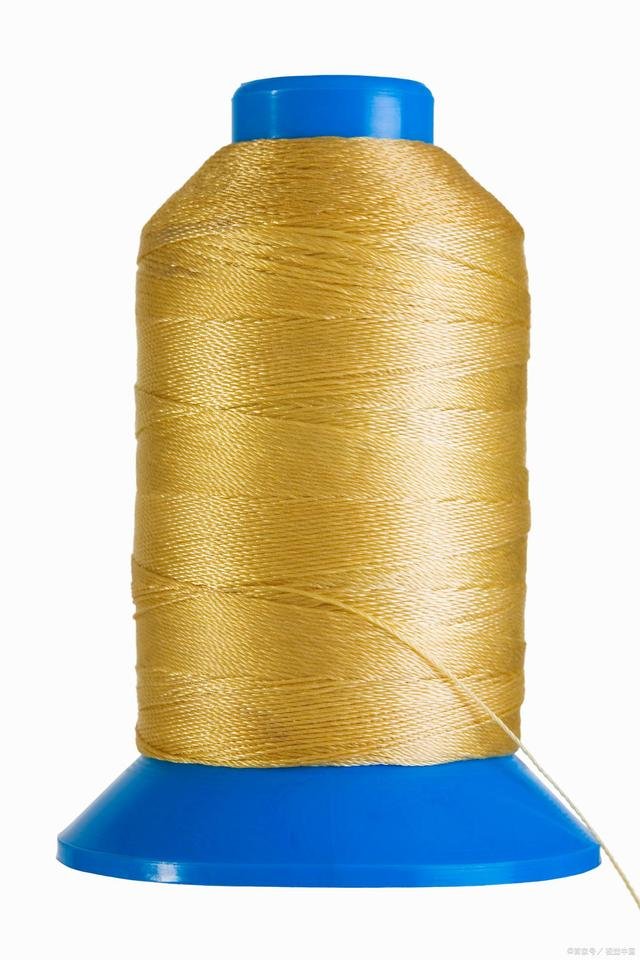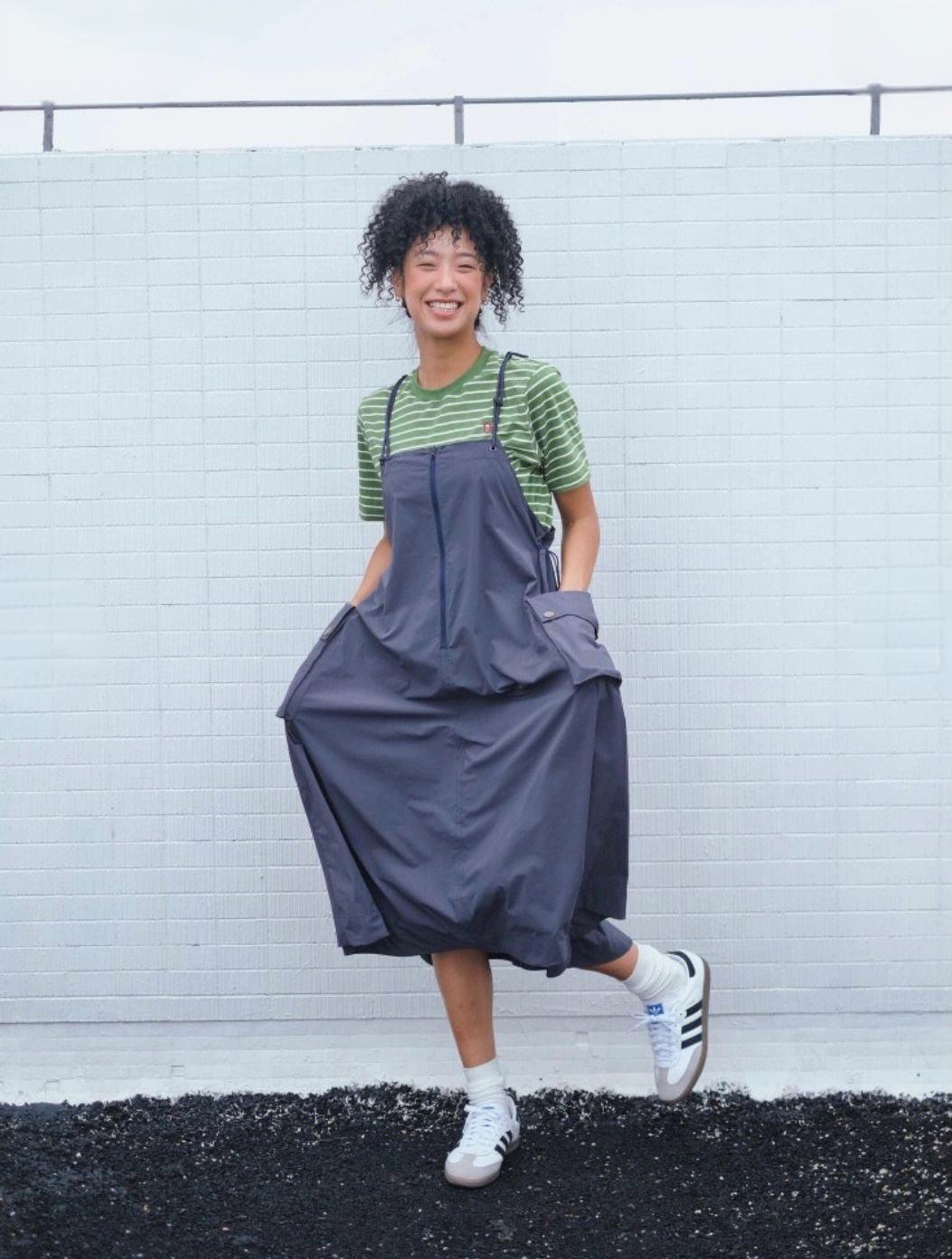Is Canvas Made of Cotton: Insider’s Guide

Canvas has evoked images of rugged painter’s easels, durable tote bags, and weatherproof sails for centuries. But with modern synthetics in play, you might wonder: is canvas truly made of cotton? Let’s unravel canvas’s rich history, fiber choices, uses, and care, ensuring you pick—and maintain—the perfect canvas for any project.
Canvas traditionally refers to a heavy, plain‑weave textile originally crafted from linen or hemp, later dominated by cotton due to its cost and availability. While synthetic blends (polyester, nylon) and recycled fibers now exist, 100% cotton canvas remains prized for its natural feel, breathability, and dye uptake. High‑thread‑count cotton canvas offers superior strength (tensile \~ 20 N/cm) and abrasion resistance (> 30,000 Martindale cycles), making it ideal for bags, upholstery, and artist canvases.
I’ll never forget seeing a vintage sail still afloat after 50 years—that tough linen canvas held up through storms and sun. Stick around to learn why cotton canvas still rules the waves and how you can keep your canvas gear in top shape.
What Is Canvas and How Has Its Composition Evolved?
Canvas started as heavy linen or hemp plain weave for sails and tents due to those fibers’ moisture resistance and strength (tensile \~ 25 N/cm). By the 19th century, cotton overtook linen in canvas production—offering similar durability (tensile \~ 20 N/cm) at lower cost and with better dye affinity. Today, canvas can mean 100% cotton, cotton/polyester blends, or even 100% polyester in technical applications. Understanding canvas’s evolution helps you choose the right fiber for durability, breathability, and environmental impact.
Historical Fibers:
Linen Canvas: 15th–19th centuries, tensile 25 N/cm, mildew‑resistant.
Hemp Canvas: Used in rope‑matched sails, similar strength, coarser hand.
Cotton Emergence:
Industrial Revolution: Mechanized spinning drove cotton canvas costs down by 40%.
Performance: Abrasion resistance 30,000+ cycles vs. linen’s 25,000.
Modern Blends & Synthetics:
Poly/Cotton (65/35): Increased tear strength (+10%), UV resistance, less breathable.
100% Polyester Canvas: Tensile 22 N/cm, hydrolysis‑resistant, used in awnings.
| Fiber Type | Tensile Strength (N/cm) | Abrasion (Martindale) | Moisture Regain (%) |
|---|---|---|---|
| Linen | 25 | 25,000 | 12 |
| Hemp | 22 | 25,000 | 14 |
| Cotton | 20 | 30,000 | 8 |
| Poly/Cotton Blend | 22 | 35,000 | 5 |
| Polyester | 22 | 40,000 | 0.4 |
Which Fibers Are Traditionally Used to Make Canvas?
Originally, canvas meant coarse, durable weaves of linen and hemp—chosen for natural rot resistance and strength. With cotton’s mechanized production, cotton canvas became ubiquitous in the 1800s. Today, you also see jute, burlap, and synthetic blends in home décor and industrial uses. Yet all‑cotton canvas remains the benchmark for artistry, upholstery, and premium bags.
Linen & Hemp:
Pros: Natural mildew resistance, crisp drape.
Cons: Higher cost, stiffer hand.
Cotton:
Pros: Soft hand, dyeable, cost‑effective.
Cons: Less UV‑stable than synthetics.
Jute/Burlap:
Use: Rustic décor, crafts, landscape fabric.
Limitations: Low tensile (\~10 N/cm), coarse feel.
Synthetic & Recycled:
Polyester Canvas: Roof awnings, outdoor covers.
Recycled PET Canvas: Eco bags, moderate strength.
| Material | Common Use | Strength | UV Stability | Environmental Note |
|---|---|---|---|---|
| Linen | Artist frames, sails | High | Moderate | Renewable but high cost |
| Hemp | Ropes, industrial | High | High | Low pesticide need |
| Cotton | Bags, upholstery | Moderate | Low | Widely cultivated |
| Jute/Burlap | Crafts, garden | Low | Low | Biodegradable |
| Polyester | Awnings, tents | High | High | Petroleum‑based |
Is 100% Cotton Canvas Better Than Other Canvas Types?
100% cotton canvas excels for softness, breathability, and dye uptake—ideal for tote bags, upholstery, and artist canvases. It shrinks up to 5% if unprewashed but offers tensile strength \~ 20 N/cm and abrasion resistance > 30,000 cycles. Blends (65/35 cotton/polyester) boost UV and mildew resistance (+20% lifespan) but sacrifice breathability. Pure cotton canvas feels natural and is biodegradable, while synthetics trade eco‑credentials for durability in harsh climates. Choose 100% cotton when you need premium hand, color vibrancy, and environmental friendliness.
- Performance Comparison:
| Canvas Type | Tensile (N/cm) | Abrasion (Cycles) | Shrinkage | Breathability |
|---|---|---|---|---|
| 100% Cotton | 20 | 30,000 | 5% | High |
| 65/35 Cot/Poly | 22 | 35,000 | 2% | Medium |
| 100% Polyester | 22 | 40,000 | <1% | Low |
Use‑Case Trade‑Offs:
Artist Canvas: Pure cotton for paint adhesion.
Outdoor Gear: Poly blends for water resistance.
Cost & Sustainability:
Cotton: \$5–8/m; biodegradable in 6 months.
Blend: \$4–6/m; slower decomposition (> 2 years).
How Is Cotton Canvas Woven and Finished for Strength?
Cotton canvas uses a plain weave with high yarn counts (e.g., 14×14 per cm) and heavy weights (200–500 gsm). Post‑weave, it’s calendered (rolled under heat) for smoothness and sanforized to limit shrinkage to under 1%. Waxing or PU coatings add water resistance, while UV inhibitors extend outdoor life. These finishing steps elevate standard cotton into robust canvas suitable for tents, bags, and upholstery.
Weave Density & GSM:
Lightweight: 200 gsm, 10×10/cm, used in art canvases.
Midweight: 300 gsm, 12×12/cm, for tote bags.
Heavy: 500 gsm, 14×14/cm, for sails.
Finishing Processes:
Sanforization: < 1% shrinkage; 75 °C wash tolerance.
Wax Coating: 5–8% add‑on; water contact angle > 120°.
PU Lamination: 10–15 µm film; hydrostatic head 3,000 mm.
| Finish Type | Add‑On (%) | Property Enhanced | Trade‑Off |
|---|---|---|---|
| Sanforization | N/A | Shrink control | None |
| Wax Coating | 5–8 | Water repellency | Heavier weight |
| PU Lamination | 10–15 µm | Waterproofing | Reduced breath. |
What Advantages Does Cotton Canvas Offer Over Synthetic Alternatives?
Cotton canvas stands out for its natural breathability, soft hand, and dyeability—qualities synthetics struggle to match. Cotton insulates when cold and breathes when warm (air permeability \~ 200 L/m²/s), whereas polyester canvas traps heat (100 L/m²/s). Cotton’s biodegradable nature and absence of microplastics lend environmental credence. Yet cotton can shrink and mildew without treatment, and costs \~ 20% more than polyester. Overall, cotton canvas offers a premium feel and eco‑profile, while synthetics serve heavy‑duty outdoor demands.
Thermal Performance:
Cotton AP: 200 L/m²/s; Poly: 100 L/m²/s.
Environmental Footprint:
Cotton: 10,000 L/kg water use; biodegradable.
Polyester: 30 L/kg; microplastic shedding.
Hand & Finish:
Cotton: Matte luster, soft drape.
Polyester: Slight sheen, crisper feel.
| Metric | Cotton Canvas | Polyester Canvas |
|---|---|---|
| Air Permeability | 200 L/m²/s | 100 L/m²/s |
| Water Footprint | 10,000 L/kg | 30 L/kg |
| Biodegradability | 6 months | > 200 years |
| Cost per Meter | \$5–8 | \$3–5 |
Where and Why Is Cotton Canvas Commonly Used?
Cotton canvas’s combination of strength and aesthetics fuels applications in fashion (tote bags, Panama hats), art (painter’s canvases), and home décor (upholstery, cushions). Luxury brands like Louis Vuitton blend cotton canvas with PVC coatings for signature monogram totes—leveraging cotton’s dyeability and PVC’s waterproof finish. Canvas bags differ from generic totes by using heavier weights (300–400 gsm vs. 200 gsm) and finishes that resist wear. Industrially, cotton canvas supports sails, awnings, and tarps where moderate water resistance and breathability are key.
Luxury & Fashion:
Louis Vuitton: Cotton canvas + PVC laminate, 350 gsm, 120 °C heat‑set.
Art Supplies:
Artist Canvas: 10 oz/yd² cotton duck, back‑primed for paint adhesion.
Home & Décor:
Upholstery: 12 oz/yd², abrasion > 30,000 cycles.
Industrial Uses:
Sails/Tarps: 14 oz/yd², waxed finish for 80% rain repellency.
| Use Case | Weight (gsm) | Feature |
|---|---|---|
| Tote Bags | 300–400 | Durable, printed logos |
| Artist Canvas | 280 | Primed, stiff surface |
| Upholstery | 350 | High abrasion resistance |
| Outdoor Tarps/Sails | 500+ | Waterproof, UV‑resistant |
How Do You Care for and Maintain Cotton Canvas Products?
Maintain cotton canvas by spot‑cleaning stains immediately with mild soap and water, hand‑washing or machine‑washing on gentle (cold water, mild detergent) for smaller items, and air‑drying. Avoid high dryer heat to prevent shrinkage (> 5%). To remove mold, scrub with a 1:4 vinegar‑water solution, rinse, and dry in sunlight. Iron uncoated canvas on medium heat (cotton setting) with steam, or hang in a steamy bathroom to remove wrinkles without direct heat.
Shrinkage Control:
Un‑sanforized cotton shrinks up to 5%; prewash or sanforized < 1%.
Mold & Mildew Removal:
Vinegar soak (25% solution) for 30 min kills 90% mold spores.
Dryer & Iron Guidelines:
Dryer low heat (< 50 °C); iron on cotton setting or steam.
| Care Task | Method | Notes |
|---|---|---|
| Spot Cleaning | Mild soap & water, soft brush | Rinse promptly |
| Full Wash | Cold gentle cycle, mild detergent | Avoid bleach |
| Mold Removal | 1:4 vinegar solution, scrub, sun‑dry | Test colorfastness |
| Drying | Air‑dry; low tumble heat | Prevents shrinkage |
| De‑wrinkling | Steam iron cotton setting; hang in steam | No direct scorching |
Can Cotton Canvas Be Blended or Treated for Specialized Performance?
Yes—canvas can incorporate polyester, nylon, or elastane for water resistance, UV stability, and stretch. Poly/cotton blends (65/35) add tear strength (+10%), quicker drying, and mildew resistance. Adding 5% elastane provides slight give for bags and tents. PU or PVC coatings (10–15 µm) impart waterproofing (hydrostatic head 3,000–5,000 mm). C0 DWR finishes ensure water beading without PFAS concerns. These modifications tailor canvas for outdoor gear, technical tents, and adaptive textiles.
Blend Benefits & Trade‑Offs:
65/35 Blend: Strength + moisture resistance; breathability –15%.
Cot/Elastane: 5% elastane, +10% stretch, cost +10%.
Coating Options:
PU: 3,000–5,000 mm head; flexible.
PVC: 10,000 mm; heavier, less breathable.
Eco‑Safe Finishes:
C0 DWR: PFAS‑free, lasts 20 washes; water contact angle > 110°.
| Treatment | Property Added | Trade‑Off |
|---|---|---|
| 65/35 Poly/Cotton | +10% tear strength | –15% breathability |
| 5% Elastane Blend | +10% elasticity | +10% cost |
| PU Coating | 3,000 mm waterproof | Reduced airflow |
| C0 DWR Finish | PFAS‑free water repellency | Shorter lifespan (20 washes) |
Are There Eco‑Friendly or Recycled Canvas Options?
Eco‑options include organic cotton canvas (GOTS‑certified), recycled cotton blends, and recycled PET canvas (rPET). Organic cotton avoids pesticides and uses 80% less water via rain‑fed agriculture. Recycled cotton repurposes garment waste, reducing landfill input by 70%. rPET canvas uses post‑consumer bottles, cutting CO₂ emissions by 50–70%. These options often blend with organic linen for added strength. Certifications like GOTS, Global Recycled Standard, and Oeko‑Tex® ensure transparent sustainability.
Organic Cotton vs. Conventional:
Water use: 1,000 L/kg vs. 10,000 L/kg.
Recycled Cotton:
Garment-to-garment process, fiber length reduction managed via blend (30% recycled).
rPET Canvas:
1 kg rPET saves 3 kg CO₂e; tensile 18 N/cm.
| Eco Option | Water Use (L/kg) | CO₂ Reduction | Certification |
|---|---|---|---|
| Organic Cotton | 1,000 | Baseline | GOTS |
| Recycled Cotton Blend | 5,000 | –70% landfill | GRS |
| rPET Canvas | 30 | –50–70% | GRS, Oeko‑Tex® |
Ready to Customize Your Canvas?
Can't find the answers?
No worries, please contact us and we will answer all the questions you have during the whole process of bag customization.
Make A Sample First?
If you have your own artwork, logo design files, or just an idea,please provide details about your project requirements, including preferred fabric, color, and customization options,we’re excited to assist you in bringing your bespoke bag designs to life through our sample production process.



